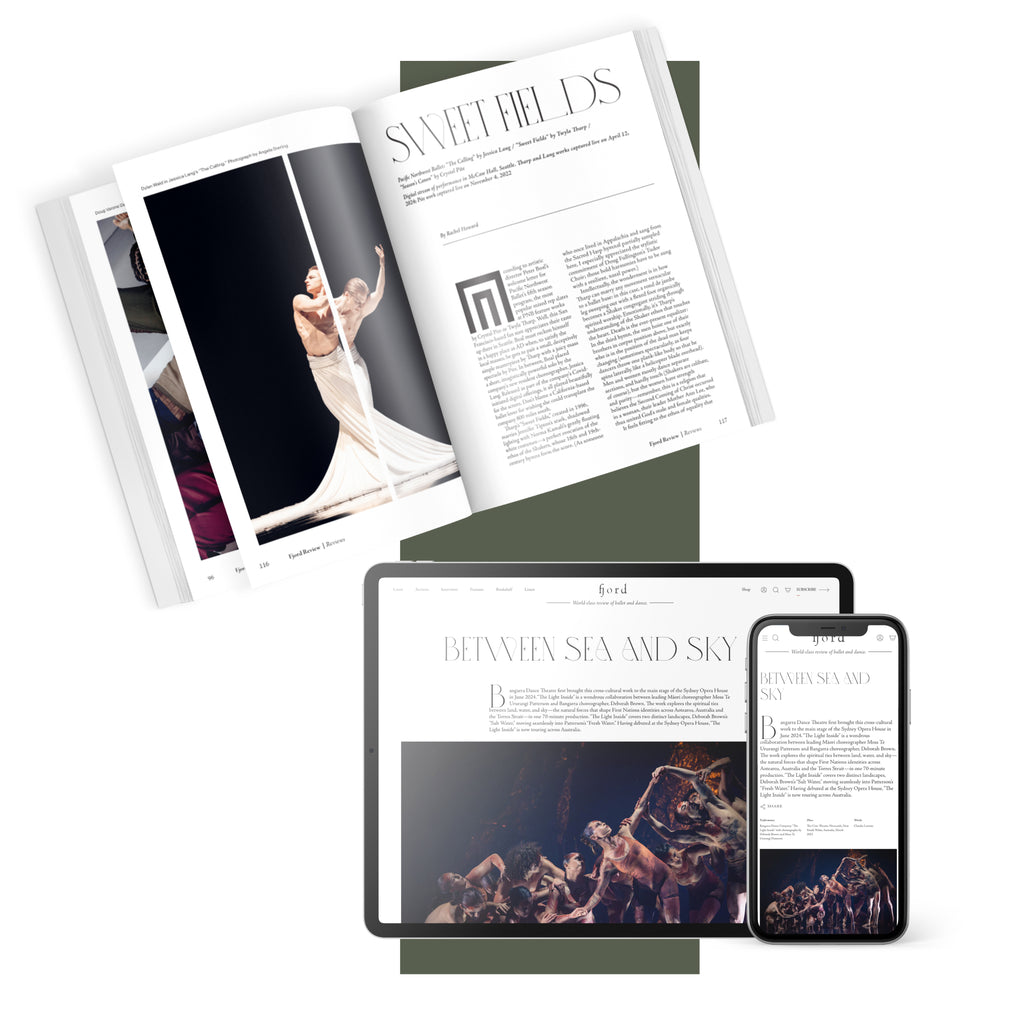Yet, part of the ballet’s difficulty lies not just in moving us through technique, but in moving us into meaning. “Sleeping Beauty” is demanding not only of its dancers, but of itself—because we ask it to be a vessel for values, dreams, and ideals we still want to believe in. In this, both performances succeed: it truly felt like being transported across time and into a non-place of poignant beauty, a place where what does not exist still matters to us—oneiric and profoundly real.
And here comes the surprise: with subtle genius and mastery, Nureyev subverts the original narrative. What could have been a tale of a woman lying dormant, awaiting rescue, becomes a drama entirely guided by the true éminence grise who moulds the narrative with quiet majesty: the Lilac Fairy. This pantomime role was performed skillfully by Fanny Gorse (8 March) and Camille de Bellefon (11 March).
The Lilac Fairy is a radiant, sovereign presence—autonomous and unwavering. Embodying a figure of gentle intensity and restoration, she anchors the ballet’s emotional and moral centre, offering clarity, steadiness, and charm while shaping the plot with serene authority. Replacing the traditional dancing fairy, she holds the dramaturgical reins: she softens Carabosse’s curse, not through dance but through powerful gestures, becoming her total and symmetric counterpart. She shepherds the dazed prince in Act Two after his vision of Aurora in the forest and delivers him to the enchanted realm where all are asleep.
Thus, the princess is no mere prize to be claimed; the prince is tormented, introspective, almost lost in his inner world. Even the choreography resists hierarchy, with steps and motifs passed fluidly between men and women, echoing a deeper sense of equality and collective presence—Nureyev’s unmistakable mark. And so, “Sleeping Beauty” becomes the perfect fairytale with which to mark 8 March: breaking free from images of passivity and rescue, and instead embodying shared power and grace.











comments